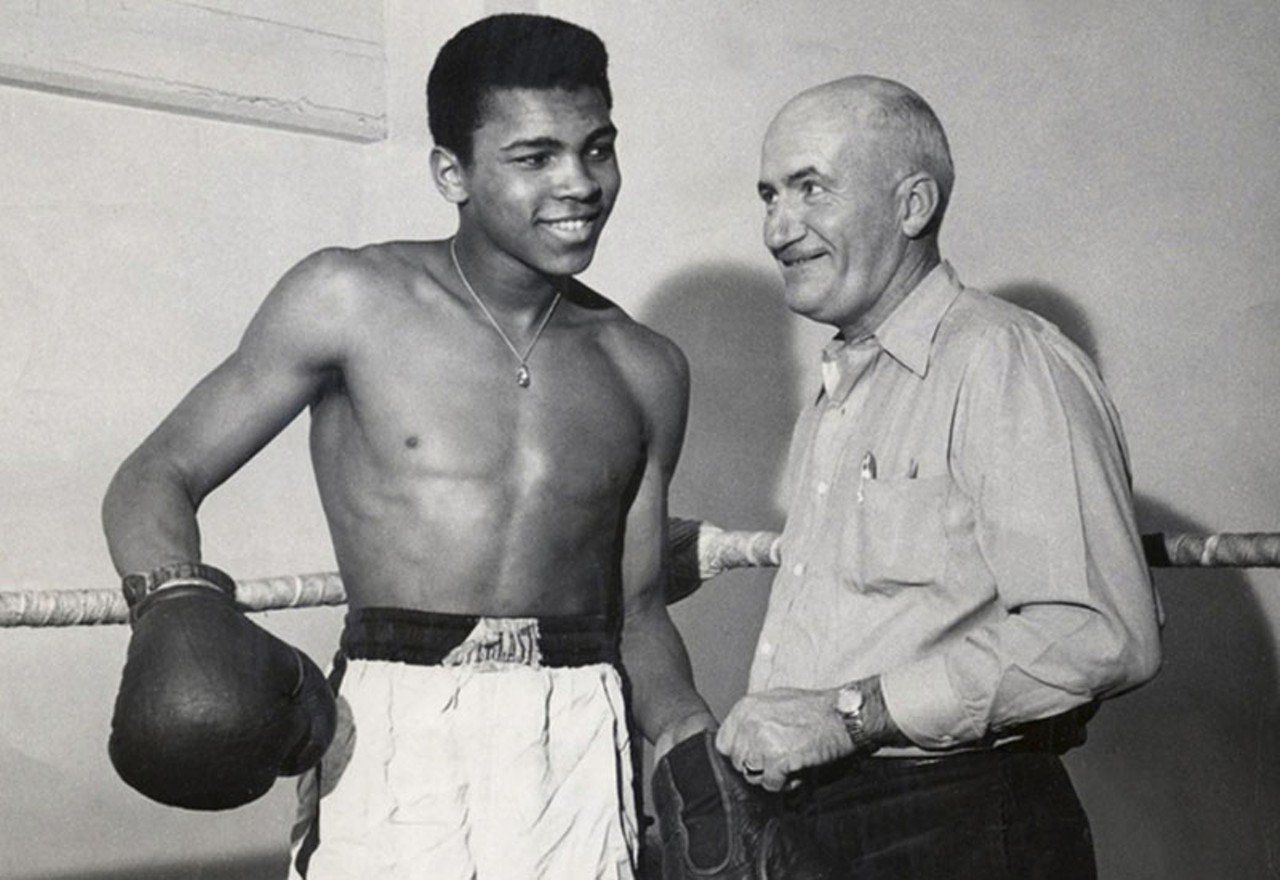Being Blunt Versus Being Direct

“Pretty words are not always true, and true words are not always pretty.” – Aiki Flinthart
Honesty is a fantastic policy, with potential to bring clarity, fresh starts, and openness. However, honesty alone is hardly a miracle cure; the way it is conveyed can make all the difference. Do we tell it like it is and expect it to hurt, or do we add in some glitter and hope that the truth is seen?
Blurred lines
A while back, I ran into a friend of mine from secondary school. The two of us had been in charge of a fundraising event under a school club.
We caught up and enjoyed a little bit of chit chat when suddenly he said, “You know, Ethan, I really admire how you led the team. You were really direct!”
I was confused.
'Direct' is hardly a word I would use to describe myself.
Picking up on my confusion, he continued, “When someone did something you didn’t like, you just told them off.”
As the look of shock spread across my face, I remembered an incident where the event treasurer was late in providing the programme funding.
I recall saying, “You’re overdue. You’re doing a terrible job. Please get it straight.” – All this with a cold deadpan stare.
My memory of being 'direct' was just about as direct as a knife to the heart – accurate and deadly, more effective at killing off motivation than clearing the air.
I couldn’t help but wonder: Why in the world did I get praise for saying those things? There are a lot of blurred lines.
Soon, it dawned on me that my friend could have misread the scene; it wasn’t being direct, it was being blunt.
Being blunt vs being direct
There’s a subtle difference between being blunt and being direct. Being blunt is being honest, but often in a rude manner.
Being direct is being honest and genuine while remaining diplomatic and respectful. They are both forms of honesty, but the difference is all in the tone and feel.
In my earlier story, I was trying to tell my treasurer that she wasn’t getting things done. “You’re doing a terrible job,” definitely got the idea across, but no doubt it came off as harsh.
To be as honest and clear as possible I thought I needed to emphasise the intensity of the situation. Instead, I ended up hurting feelings in my attempt.
A better way to have said it would’ve been: “I notice that you have not been keeping up to expectations.”
Clearly these are very different statements. Here are some tell-tale signs that can help you identify a blunt statement:
1. It sounds too personal
Tone is useful for more than the music world.
The pronouns we use have the potential to make a statement sound accusatory. Using too many “yous” can make something sound like blame.
“You are behind schedule.”
“The work you promised me is due. You need to get it done.”
Although the intent is to achieve clarity, it can come off as being brash.
2. Check the adjectives
An adjective is a part of speech that describes something. While they are very useful, with great power comes great responsibility.
Words like 'terrible', 'horrible', and 'disappointing' are great adjectives, but they also carry a lot of negative connotations.
The why and how of being direct
Generally, people do want to improve.
Being direct helps show them the areas for improvement and helps them separate 'self' from the point the other person is making; it makes things objective.
When they don’t take it personally, it helps them distinguish exactly what needs to change.
When suggestions are given and come off as angry, it could result in the receiver feeling like they are the problem, rather than their actions or habits.
Here are some things that may help add tact to honesty:
1. Focus on the action
Keep the spotlight of the statements on the action you have observed, rather than labelling the person’s character.
For example, saying "You are lazy", attaches a label. Saying “Your progress is slow,” focuses on the visible behaviour, and does not make it a personal description.
2. Make it an observation
Instead of stating a conclusion about a person, state what you have noticed. This leaves room for discussion, making it easier to accept.
Instead of saying “Your reports are late,” approach it by saying “I notice that your reports are late.” This gets the point across and paves the way for a healthy conversation.
3. Remember the point
Beating around the bush is an incredible past time for those of us who love being diplomatic. At the end of the day, when it comes to sharing a hard truth, it’s important to keep the main point and deliver it.
Before having a tough conversation, be ready with a single sentence that clearly states the point. This helps ensure that no matter what, the message stands.
At the endeth of the day
Many years after secondary school, I am now more active than ever in curricular activities.
Many times, there’s a situation where a truth must be told, and it is so tempting to just drop unrefined truth bombs.
Whenever that happens, I step back and remember that being blunt can hurt, it can break bonds. Taking the time to rearrange my words on the other hand, strengthens trust.
The difference between being blunt and being direct is challenging to identify in day to day living. Yet this subtle difference can lead to someone feeling down and demotivated, or more aware and conscious.
Choosing to be a direct communicator makes avoiding movie spoilers look easy, but it’s the kind of honesty that makes life a clearer picture.
Leadership
Tags: Emerging Leadership





